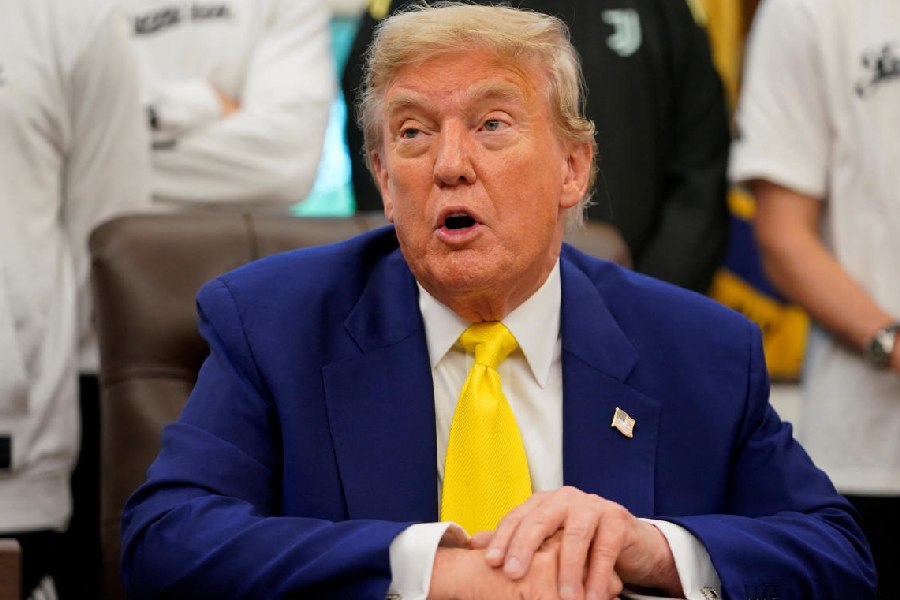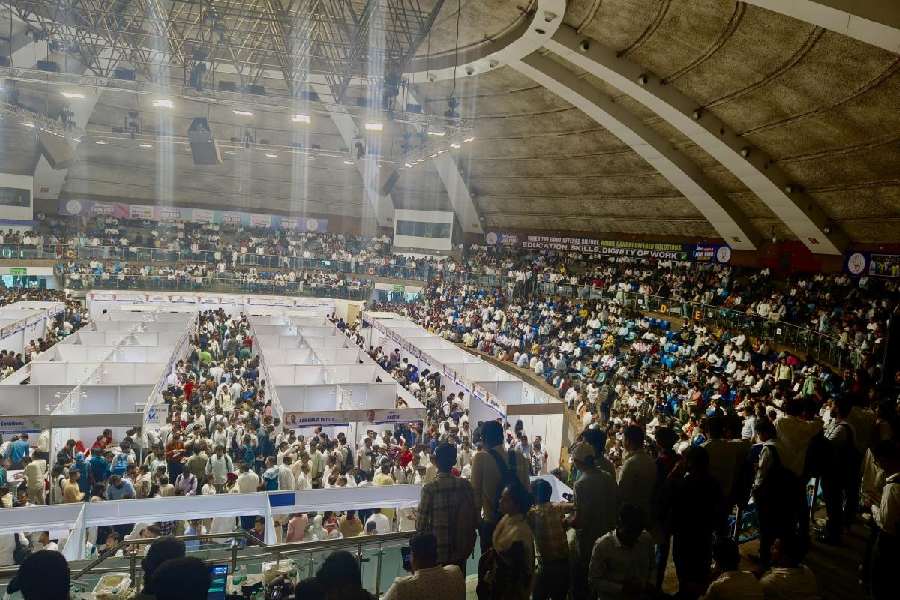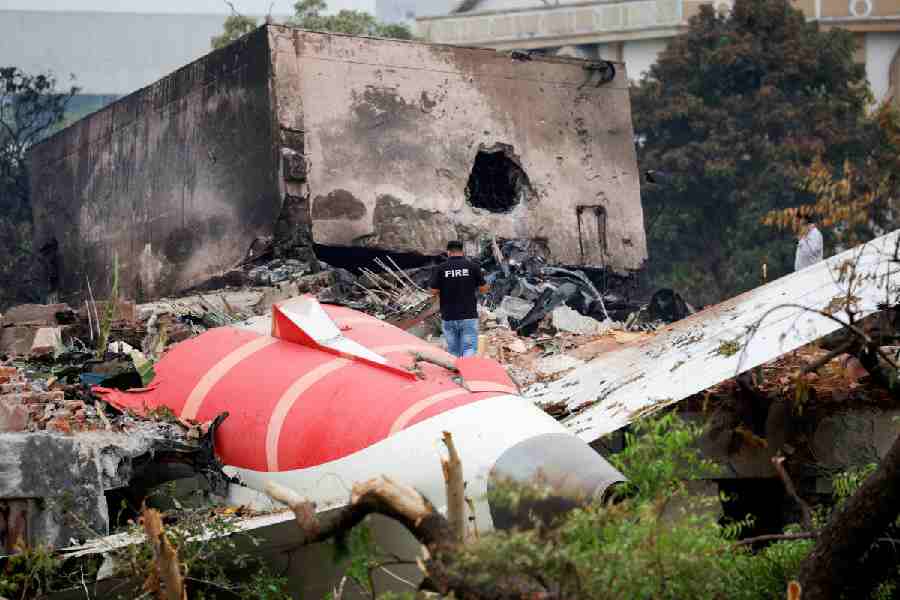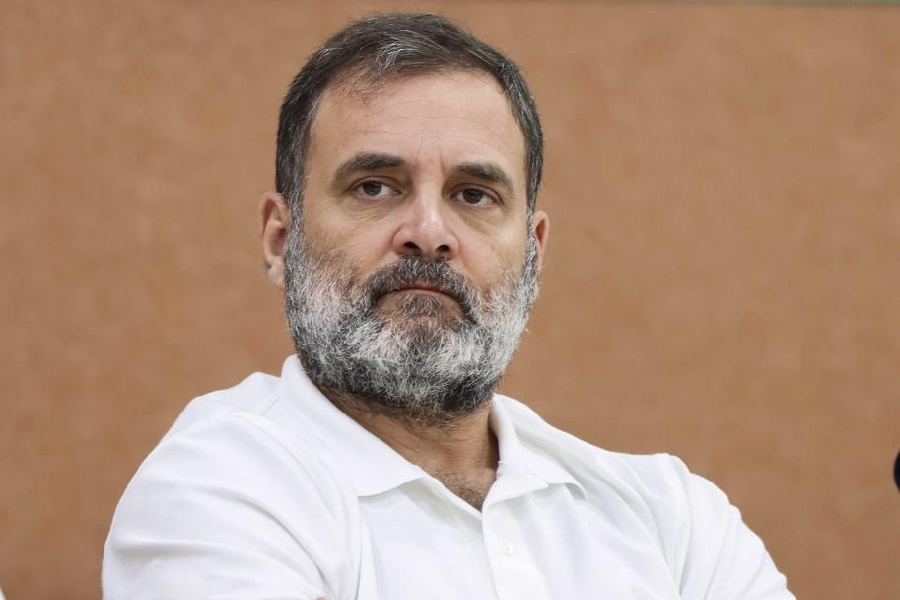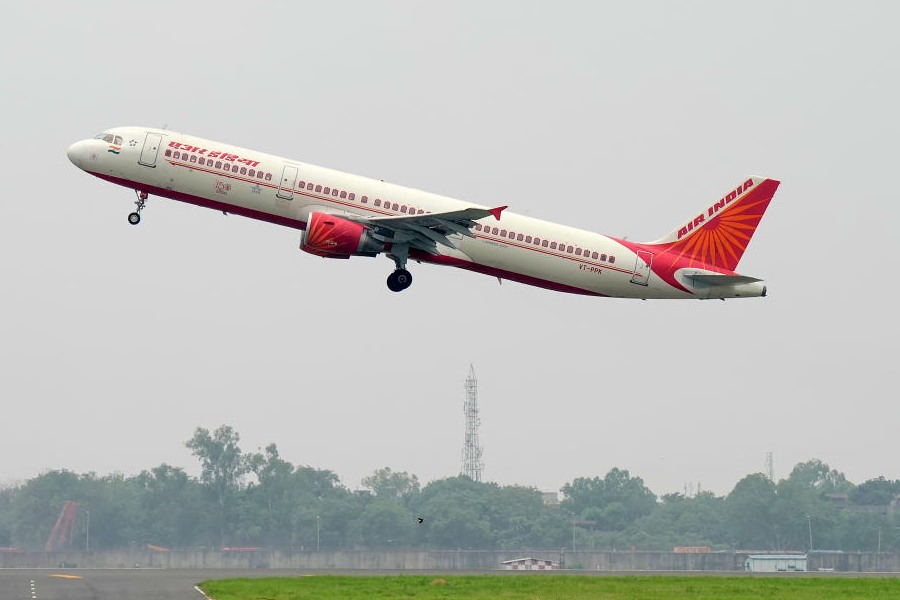|
|
| Man with a mission |
Had he been aware of it, Goh Keng Swee, who was cremated last Sunday, would have been delighted when Singapore made Ratan Tata an honorary citizen and President S.R. Nathan paid handsome tribute to a senior Tata executive, Syamal Gupta, with the gift of a book on Indian culture in which he had inscribed, “With much appreciation for your abiding interest in Singapore and all that you have done over the years to promote Singapore as a place of business opportunity beyond the Tata family.” Both gestures handsomely, if belatedly, acknowledged the Singapore miracle’s forgotten debt to India.
By that token, Goh (not to be confused with the six-footer former prime minister, Goh Chok Tong) would have been extremely disappointed when Singapore glossed over India’s role in its industrialization in an anthology of articles titled Heart Work. The book’s main edition (the only one available in Singapore) makes no mention of India. Ratan Tata’s congratulatory preface and an article by Freddie A. Mehta, by all accounts a fierce free-marketer who rose high in the Tata hierarchy, on how way back in the 1960s J.R.D. Tata and Gupta laid the foundations of Singapore’s industrialization are buried in the Indian edition that no one sees.
Sadly, Goh, a former deputy prime minister who was 91 when he died earlier this month and whom many Singaporeans revere as the architect of modernization, may not have known of either development. For the man whose detailed knowledge of the Ramayan and the Mahabharat “amazed” Manoj Das, whom he recruited from the Sri Aurobindo Ashram in Pondicherry to work on a new school textbook on Hinduism, was neither physically nor mentally accessible when I was researching Looking East to Look West: Lee Kuan Yew’s Mission India. But I gathered that as finance minister, defence minister and education minister, Goh left his imprint on every aspect of life before quitting politics and retreating into a shell in 1984. Keenly aware of India’s strengths and weaknesses, he alone could have explained why in the final analysis Singapore looked to Israel for its military modernization. It was a painful coincidence that my readings from the book under the India Club’s auspices at Singapore’s Tanglin Club last Sunday clashed with Goh’s funeral. It was the same in London in March. Another great friend of India, Michael Foot, was cremated while I was presenting the book at the Royal Institute of International Affairs, Chatham House.
Possibly because of his London School of Economics (where Mehta was a fellow-student) background, Goh was much taken initially with our five-year plans. His 1960 budget statement lauded India’s efforts “to lift her citizens from age-old and dire poverty”. Indians would have been gratified to know that the architect of Singapore’s growth held up their five-year plans, financial allocations, large new industries and extensive community development schemes as the model for Asia. Though other Asian countries also accepted economic development as the national objective, few had achieved “the success in planning and execution that India has.” The speech makes ironic reading today.
Happy when J.R.D. Tata went to see him with an investment proposal, Goh astonished his guest by saying that he wanted Tata to make as much money as possible in Singapore. “No, I’m not joking,” he explained. “I am serious. We are starting from zero at Jurong. The place is a swamp. The more profit you make, the more the government’s share, and the more the workers get as bonus.” Tata had earlier submitted his plan to the Indian government which had lost it. Adding insult to injury, Jagjivan Ram asked Tata why he wanted to make more money. “India’s loss was Singapore’s gain,” Goh confided in a friend. Sceptics called Jurong in west Singapore “Goh’s folly” until it developed into a booming industrial hub when it became “Goh’s Glory”.
Calcutta-born Gupta, who trained as an engineer at Jadavpur University, says it took an hour-and-a-half to get to the Jurong marshes in those days. It was a different Singapore altogether buzzing with mosquitoes and with “teem teem” — Gupta lapses into colloquial Bengali — electricity. Paya Lebar airport was “only an airstrip with sheds”. The place was worse than Calcutta! But as managing director of the new Tata enterprises, he bought land in Jurong, engaged an architect and brought some 60 technicians and a supervisor from India. The Tata Precision Industries and Tata Training Institute he set up were both firsts for Tatas as well as Singapore.
Lee Kuan Yew’s former political secretary, Ng Pock Too, told me of a long dinner at a local hotel when Tang I-Fang, chairman of the Economic Development Board, and he, then a young EDB officer, discussed an agreement with Sumant Moolgaokar, Tata’s vice-chairman. The meal ended at midnight without a commitment. Since Moolgaokar was leaving early the next afternoon, Tang told Ng to prepare a letter as quickly as possible setting out all that Singapore offered by way of tax incentives, land and other facilities. Ng worked till three in the morning, went to the office early, collared a secretary, got her to type out his draft, obtained his chairman’s and minister’s approval, and rushed to Moolgaokar’s hotel to catch him before his flight. Singapore’s ability to produce such an attractive concrete offer at such short notice clinched matters.
Suppiah Dhanabalan, Singapore’s former foreign minister, could not understand why Tata took the risk when “all kinds of acrobatics were needed for Indians to travel, leave alone set up overseas operations.” He thinks the company may have “stashed away” some funds from its New York operations. But it had stamina. The biggest obstacle was psychological. Singaporeans knew nothing about Tata. “India was not known for precision instruments either,” Ng says. “It’s impossible, some thought”. But Goh Keng Swee was one of the few who had confidence in India. Gupta’s standard reply to the many others who did not and asked why they should buy from an unknown seller was that import substitution was India’s culture. Indians were constantly innovating.
Tata Precision made semi-conductors, computer peripherals and sophisticated tools and precision components in Singapore that it did not in India. The world was its market. Tata Training Institute produced experts who shaped Singapore’s future. But like so many Indian enterprises, Tata faded out after that glorious beginning. “The quality of people who came afterwards was not the same as Syamal!” Ng laments. They did not even replace old and dated equipment. Ratan Tata’s much later (2005) acquisition of NatSteel was a separate operation though it may not have been possible without the pioneering Gupta and that early beginning.
Goh demonstrated his knowledge of and interest in India in many small ways. He asked Singapore’s high commissioner in Delhi for birds for the Jurong Bird Park he established. He ordered regimental colours for the Singapore army from India’s military tailors. He sought horses for a replication of the president’s bodyguard. He commissioned a paper on security in the Indian Ocean, and invited Sam Manekshaw to advise on “training facilities… which took many years to materialise”, according to Singapore’s president. He sent a delegation to study India’s winning strategy in the 1971 war. Goh also quickly brought in Israel when Lal Bahadur Shastri ignored the letter Lee wrote to him within moments of Singapore becoming independent on August 9, 1965 seeking military advisers, training and a defence pact.
In retrospect, knowledgeable Singaporeans feel it was a good thing Shastri did not respond because only Israel could create an effective and informal citizens’ army based on compulsory universal national service. The Israelis gave Singapore a fighting force that does not stand on rank and ceremony. Though Lee wanted India, Goh probably knew India and Indians too well to be impressed only by regimental traditions and spit and polish ceremonial.






